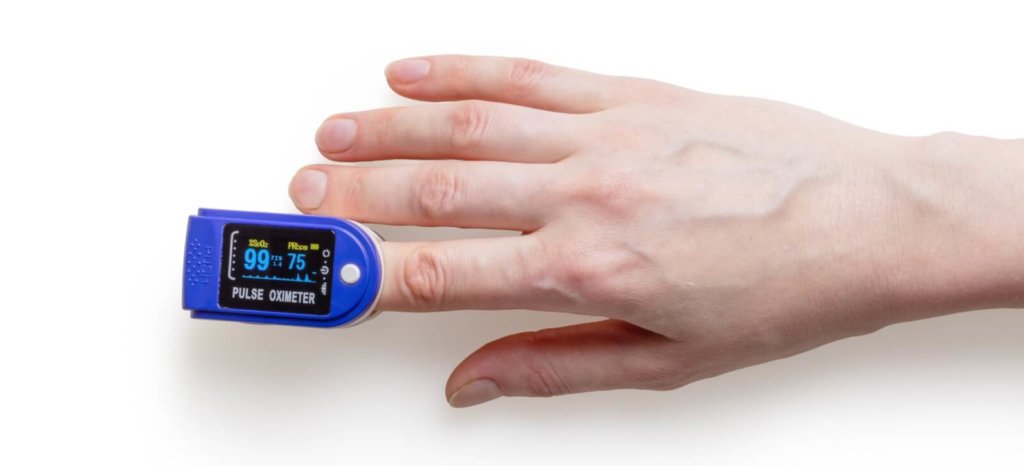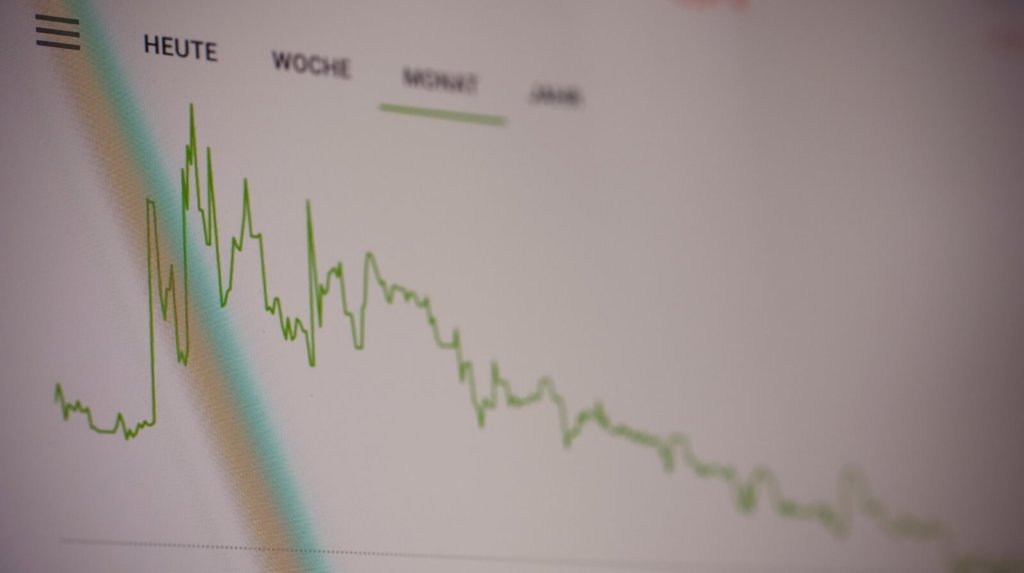
Digital health continues to be a pervasive force since gaining momentum about a decade ago. And as a medical app developer and top-rated iPhone app developer in Seattle (a major digital health hub), we’ve witnessed this explosive growth firsthand.
The sharing of medical data via digital and cloud based platforms, integration of wearable patient monitoring devices, a variety of mobile health (mHealth) apps, and flexibility of telehealth have empowered both physicians and patients leading to better outcomes and inclusivity. Nowadays, best in care is synonymous with “digital health”.
Meanwhile, the number of people with access to smartphones and tablets is on the rise. According to Pew research, 85% of Americans owned a smartphone while 53% owned a tablet computer. In turn, this is increasing demand for mHealth apps and wearable devices. This, coupled with the lack of access to adequate healthcare in remote areas, a rising geriatric population, and the growing prevalence of chronic diseases are creating the perfect recipe for market explosion in the mHealth app space.
P&S Intelligence reports similar trends in revenue generated by the digital health market. With revenue of about $101 billion in 2019 and a predicted growth to $884 billion by 2030, there is a staggering opportunity for mHealth app investors to capitalize on this opportunity.
Current State of the Global Digital Health Market

The global digital health market has matured quite a bit since getting its feet off the ground in the 2010s. There’s four main categories within this space including electronic health records (EHR), mHealth apps, healthcare analytics, and telemedicine. 2021 brought in about $145 billion alone as the pandemic caused many patients and doctors to leverage telehealth and EHR.
In case you aren’t familiar, here’s a brief breakdown of the categories of the digital health sector:
Electronic health records (EHR): one of the earliest innovations within the digital healthcare space, EHR is simply a digital version of a patient’s chart. EHR actually expands upon the paper version by enabling real-time updates, secure and fast sharing of data across healthcare organizations. In turn, improving outcomes, care coordination, while saving costs by boosting efficiency. The backbone of EHRs is a certified health IT environment.
mHeatlh: short for mobile health is an ecosystem of mobile applications centered around patient care and monitoring. Often, mHealth is paired with wearables to enhance remote patient monitoring. Examples include external heart monitors, fitness activity trackers, metabolism breath monitoring, menstrual cycle tracking, or wearables to motion sickness nausea – just to name a few. It’s a fascinating space for app developers and investors as consumers are highly interested in taking their health and wellness to the next level.
Healthcare analytics: this area takes advantage of advances in computing power and “big data” to analyze historic data to predict trends to manage disease spread, improve services, optimize scheduling, and even coordinate finances within an organization.
Telemedicine: includes remote monitoring, diagnosis, and sometimes treatment of individuals through digital technology. Usually, this is in the form of video calls where patients can experience face-to-face interaction with their provider from the comfort of their home. Telehealth also comprises secure text messaging, email, or file sharing to provide holistic care. This innovation has been especially helpful for geriatric patients and those in remote areas.
Where the Global Digital Health Market is Moving

P&S Intelligents cites a growing percentage of individuals owning smartphones or tablets, demand for remote patient monitoring, and a surging geriatric population as drivers for a CAGR of 21.8% over the next decade. In the US, there were 54.1 million people aged 65 years and older during 2019. That number is expected to reach 80.8 million by 2040.
The mHealth sector is expected to experience the fastest growth in the digital health market space within North America. This market opportunity will affect all demographics, from senior citizens down to gen Zs due to the wide variety of modalities available within mHealth.
Why Now’s the Time to Invest

Investing in mHealth apps has therefore never been more important and exciting. As app developers and investors realize the potential gains and opportunities, competition will heat up and niches will be capitalized on. These recent announcements should be a sign to any stakeholders on the fence deciding if now is really the right time to launch their mHealth campaign.
As we saw during the pandemic, mHealth is seemingly immune to global shutdowns and financial woes. That’s probably because we all realize, now more than ever, how important health and wellness is to our local and global community. Although life seems to be getting back to “normal” people around the world have found the value in remote digital health services marking a significant change in how we will access health services for the foreseeable future.
Why Dogtown Media

Do you have an mHealth app idea but now sure where to start? Dogtown Media has loads of experience with the nuances and challenges of mHealth app production and a portfolio to back it up. If you’re interested in learning how Dogtown Media can help bring your solution to the market contact us. We’d love to help!
Dogtown Media is a California-based mobile technology studio that leverages disruptive design strategies and dynamic development to deliver industry-leading apps. To date, Dogtown Media has created over 250 mobile apps in industries including Healthcare app development, IoT, and Artificial Intelligence.





